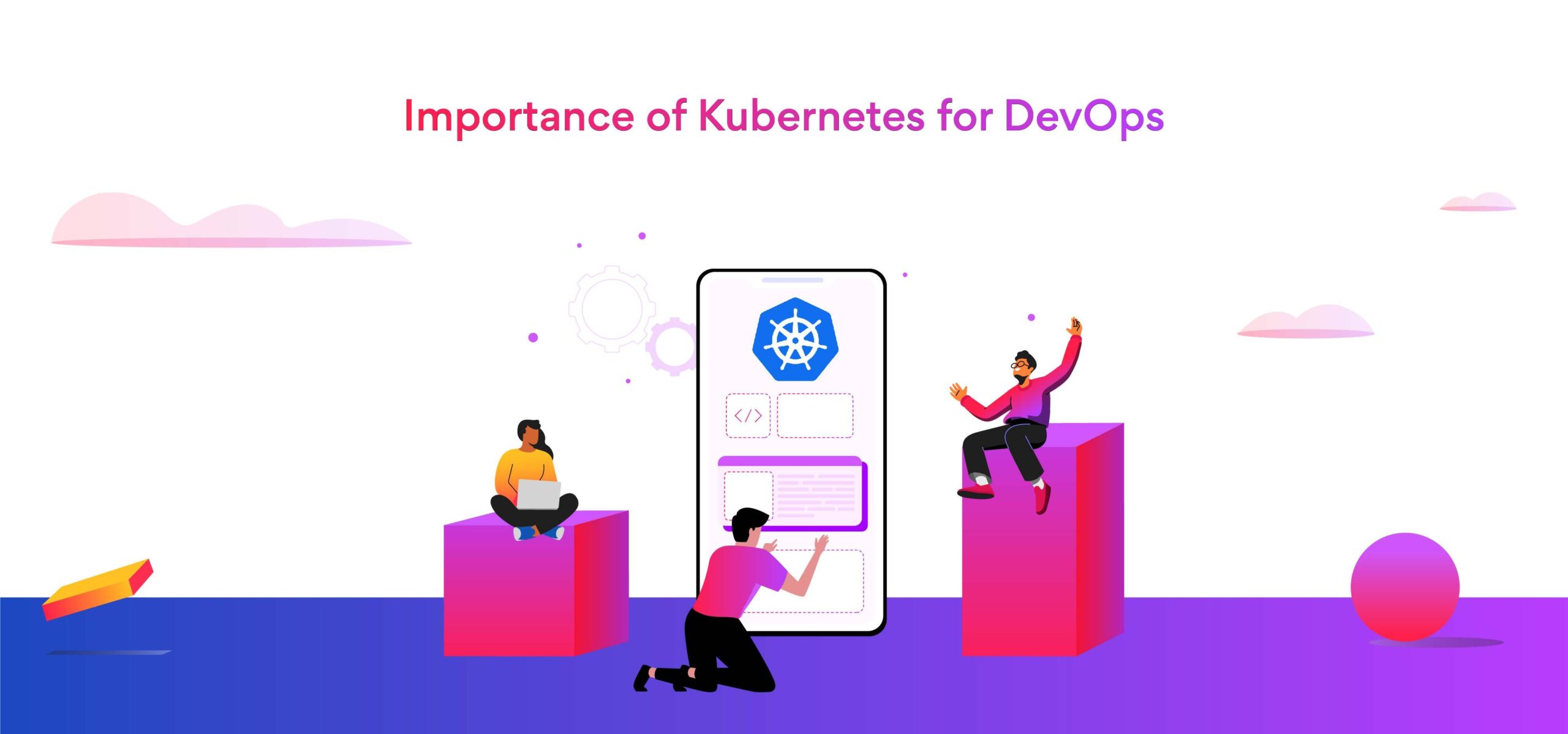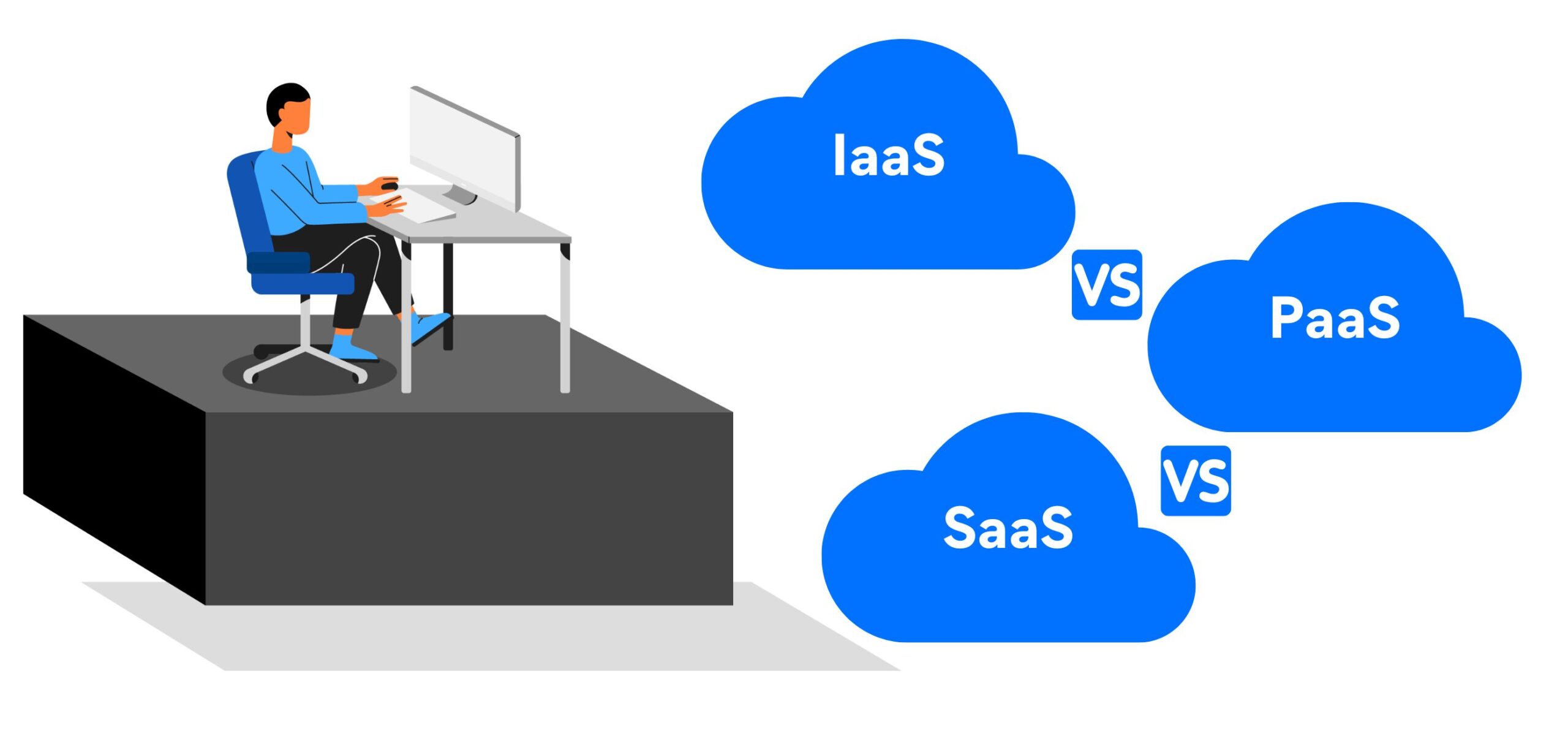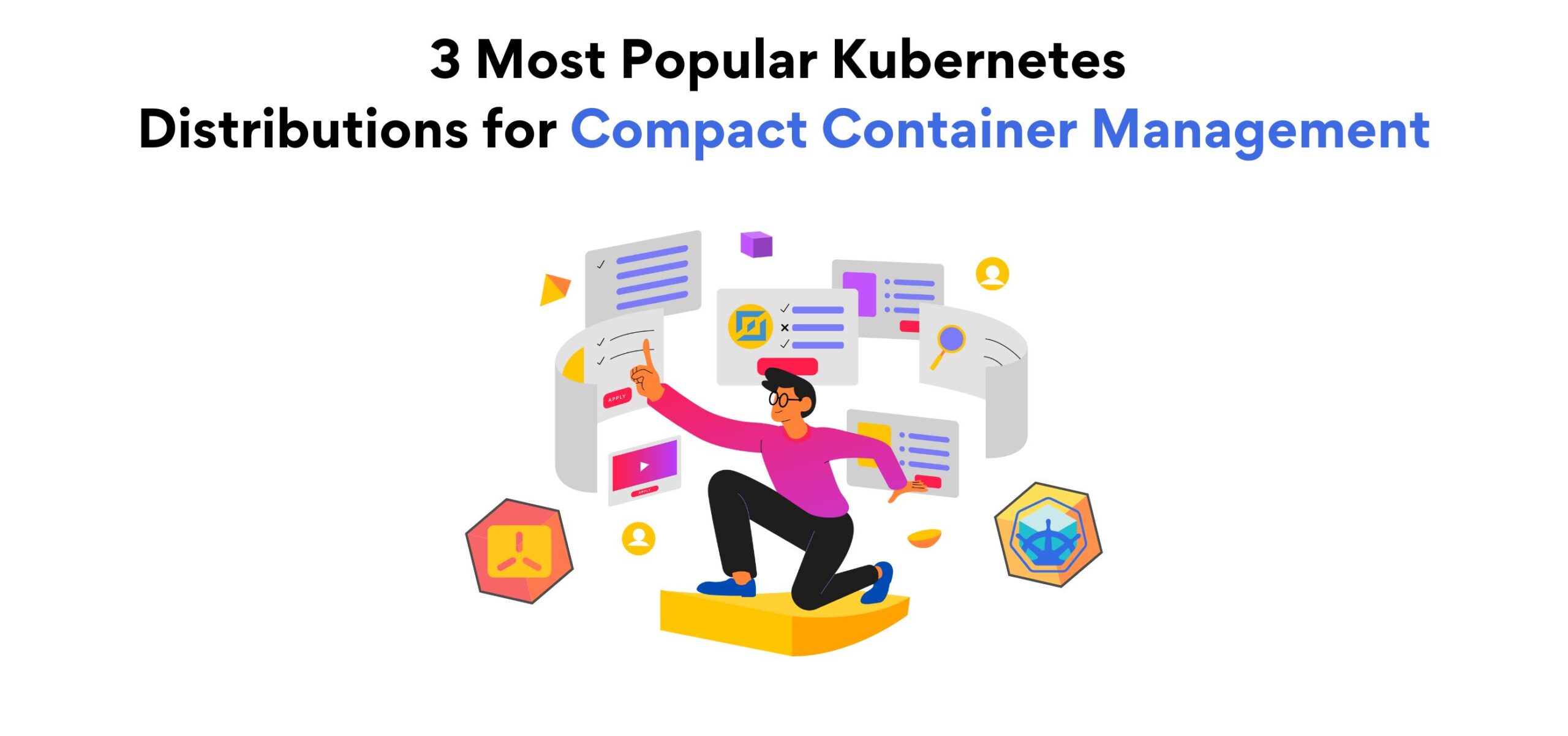Infrastructure as Code (IaC): A Beginner’s Guide 2023
Traditionally, infrastructure management was a manual process. But the rise of cloud computing and virtualization has made Infrastructure as Code (IaC) a popular approach to infrastructure management. This blog post will discuss Infrastructure as Code, its benefits, how it works, its best practices, the challenges associated with using it, and more. Let’s get started.
|
Table of Contents
|
What is Infrastructure as Code?
Infrastructure as code (IaC) is defined as the continuous practice of using programming languages and machine-readable code to manage and configure computing infrastructure, instead of manual configuration. Computing infrastructure includes servers, storage centers, databases, networks, and web servers.
IaC is an integral part of the software development life cycle. The process of provisioning infrastructure is automated, so developers do not need to set up manually for each application development and deployment stage.
Benefits of Infrastructure as Code
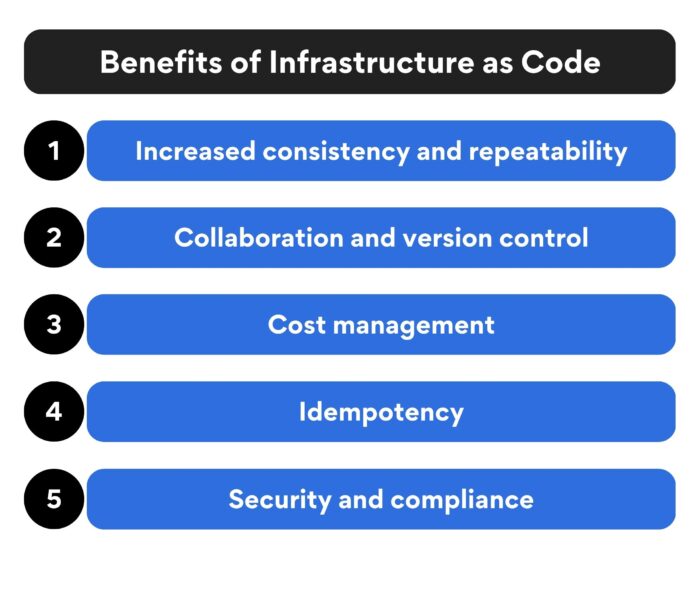
Benefits of Infrastructure as Code
Infrastructure as code benefits in software development outweighs that of manual configuration and development. They are discussed below:
- Increased consistency and repeatability: Using automated infrastructure prevents application downtime, and reduces the risk of errors encountered during manual configuration. Configured environments can be reused for different applications. The source code is documented in a readable format that anyone with technical expertise can use.
- Collaboration and version control: Manual changes to existing systems, such as the addition of new features, are a risky business. Iac ensures that the previous versions of source code are stored. That way, users can quickly revert to older versions in case of security breaches or other unforeseen occurrences. Team members working on the same project can make their contributions individually from remote locations in a seamless manner.
- Cost management: Traditional provisioning and development take place in physical data centers. Maintenance of these by organizations costs a ton and is not favorable for small businesses and startups. Cloud service providers provide virtual environments for automation and deployment, on a pay-as-you-go basis.
- Idempotency: This is the practice of deploying code several times without the subsequent deployments affecting the first. This can be seen with the addition of new code. It ensures that only the new changes are applied. Some IaC tools have features that make source code idempotent.
- Security and compliance: The use of automated infrastructure ensures that businesses and organizations deploy applications according to stipulated guidelines, under secure working conditions. The infrastructure is built while considering security protocols. This way, the source code can be deployed continuously across different environments, and security breaches can be avoided.
How Does Infrastructure as Code Work?
There are two approaches to infrastructure as code; the imperative approach and the declarative approach. The imperative approach makes users define what steps they want a system to follow, while with the declarative approach, the users only state the end product they want. The platform being used takes the steps needed to achieve the required result. The declarative approach is the preferred method because it is flexible and allows the use of many tools.
Mutable vs Immutable Infrastructure
Mutable infrastructure refers to infrastructure that can be manipulated after it has been set up. It is dynamic and can allow changes to be made to configuration settings, applications, and code.
Immutable infrastructure, on the other hand, is the infrastructure that cannot be manipulated once it has been set up. Changes can only be made by creating a new version of the infrastructure and deploying it.
The key difference between them is the level of control and flexibility it offers users. They both have their benefits and downsides and should be chosen in accordance with the project specifications.
Infrastructure as Code Tools
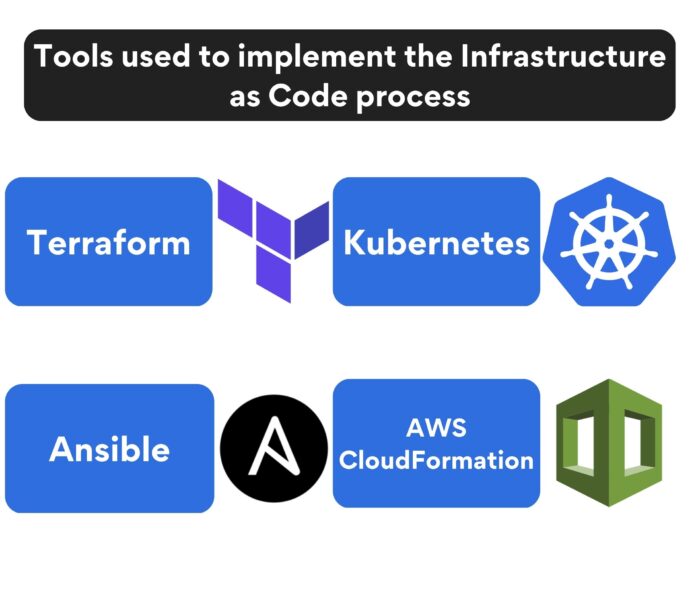
Tools used to implement the infrastructure as code process
There are several tools used to implement the Infrastructure as Code process, some of which are discussed below.
- Terraform. Terraform is an IaC tool that is used to create and manage resources with its accessible APIs. It allows users to define a workflow for their provisioned infrastructure and is available for cloud and on-premise cloud provider stations. It can be used to provision and manage infrastructure on different cloud providers, like AWS, GCP, Azure, and others.
- Ansible. Ansible is an open-source IaC tool written in Python used to configure and provision applications. It is simple and easy to use, with pre-built idempotent modules that only make changes to a system when necessary. It functions on Windows, MacOS, and Linux operating systems. Ansible can be used for configuration management, security and network automation, and provisioning of servers.
- Kubernetes. Kubernetes is an open-source container orchestration tool. Asides from managing containers, it is used for infrastructure provisioning and management. Like Ansible, it functions on major operating systems like Windows, Linux, and macOS. Applications can be built, tested, containerized, and deployed continuously, with little to no downtime. Kubernetes’ features include continuous integration and deployment, migrating applications to the cloud, and database management.
- AWS CloudFormation. AWS CloudFormation is a service that can be used to provision and manage cloud applications on AWS, with the use of its resources. Templates are used to describe resources and their properties, while CloudFormation provisions the applications. These templates can be reused and deleted easily. AWS CloudFormation’s unique features include ease of replication of infrastructure in different regions, version control, and scalability.
Also, read: AWS Cerftification Guide: All You Need to Know
Infrastructure as Code Deployment Process
The first step is for the developer team to specify the infrastructure requirements needed to provision applications. This is often done using tools like Ansible and Terraform, alongside a domain-specific programming language. These requirements may vary, and they include servers, databases, and application load balancers. After that, the code is managed by a version control system like Git. This is done to foster collaboration and mark changes made.
Before deployment, the code is tested to ensure correctness. The test process is automated. Continuous integration and deployment are incorporated into the process after testing. This ensures that the applications are handled according to the software development life cycle. Here, the code is deployed with the aid of automation tools such as Jenkins or Circle CI. Monitoring and logging start after the infrastructure code has been deployed successfully. This is to observe security protocols and optimal performance.
How to Create and Manage Infrastructure as Code (IaC) Configurations
Creating and managing infrastructure configurations requires a step-by-step process to ensure their success.
The first step is to specify the requirements needed to host the application. This is a crucial step because it determines the success of the project.
The next step is to choose a suitable infrastructure as a code tool. Popular tools include AWS CloudFormation, Terraform, Ansible, and Chef. After that, the code is written. This is usually domain-specific. This means that the programing language has to be compatible with the IaC tool being used.
The code is then stored in a version control system, tested, and integrated into a CI/CD pipeline.
Automation tools such as Jenkins are used to deploy the infrastructure code to the production environment. The infrastructure service is then monitored for potential issues.
These practices altogether improve and maintain infrastructure automation, reliability, management, and scalability.
Best Practices for Implementing Infrastructure as Code
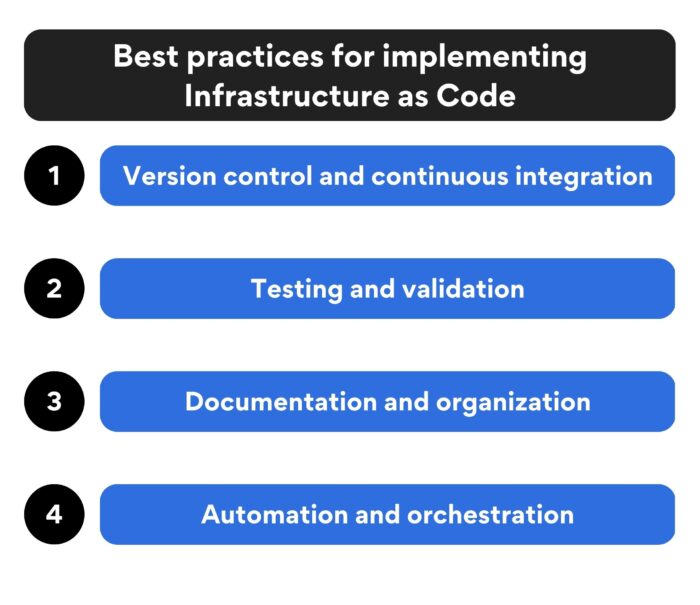
Best Practices for Implementing Infrastructure as Code
The following are best practices for implementing and deploying infrastructure as code (IaC).
- Version control and continuous integration: Version control enables teams to collaborate on projects and make changes to the infrastructure code simultaneously, without conflicts. Continuous integration ensures that all changes made to the infrastructure code are automatically tested and deployed automatically, without harming existing projects.
- Testing and validation: Testing is done to verify that The source code matches the specified requirements, and functions properly. There are two types of testing; unit tests which focus on single parts of the code, and integration tests which work on validating transactions between components. Validation is carried out to make sure the infrastructure code is compliant with security, governance, and compliance policies. Testing and validation are carried out to make sure the infrastructure code is secure.
- Documentation and organization: Documentation is done to enable team members to have a collective understanding of the infrastructure code and its components. It is done using Markdown syntax, documenting code, and using illustrations. The documentation should be updated regularly so it can remain valid. Organization entails arranging code using a consistent file structure and using version control to make code easy to read, scale, and maintain.
- Automation and orchestration: Automation eliminates manual processes, reduces the risks of errors, and enables the development and deployment of applications to be carried out fastidiously. Orchestration involves managing several components of infrastructure to make them work together in a coordinated manner. This can be carried out with tools like Kubernetes and Docker. When implemented effectively, automation and orchestration manage finances, hasten deployment processes, and ensure the infrastructure is working properly.
Challenges of Infrastructure as Code
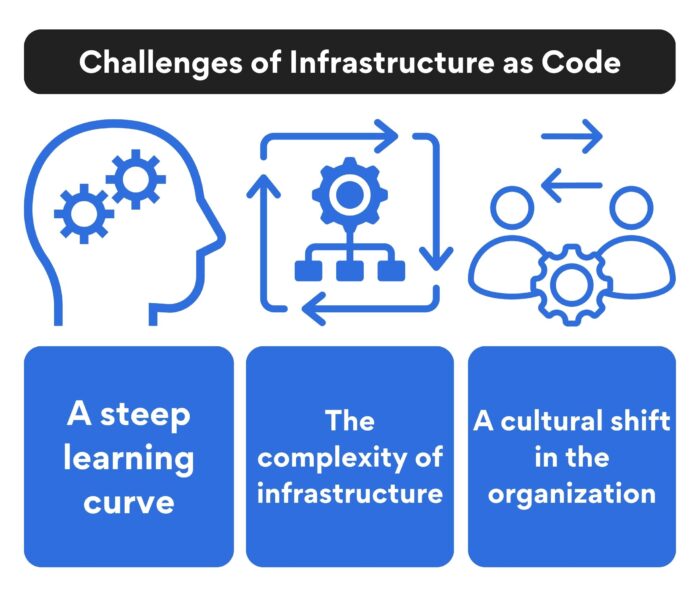
Challenges of Infrastructure as Code
Despite the advantages of infrastructure as code, there are challenges associated with implementing infrastructure as code. They are as follows;
- A steep learning curve. This is the time range or duration needed to gain expertise in a particular skill set. Some IT technicians find it hard to transition from manual configurations to automated processes associated with the IaC workflow. Organizations can counter this by enrolling their staff in development programs dedicated to using IaC tools and supporting them in using free online resources to enhance their growth.
- The complexity of infrastructure. Tools used in manual configuration processes differ from IaC tools, which are more complex. Automating the process can be tricky for those as the code becomes bulky. It can be handled by using modular code, templates, and version control.
- A cultural shift in the organization. Infrastructure as code architecture demands continuous collaboration, learning new concepts, working in a fast-paced environment, and constant communication. Moving from manual to automated processes can only be successful with a positive mindset, and willingness to learn. This might be difficult due to existing hierarchies in organizations and can be tackled by re-orientation programs, and creating new roles to accommodate IaC solutions.
Conclusion
Infrastructure as code (IaC) is a unique approach to provisioning IT infrastructure. It allows teams to collaborate on projects easily while reducing the risk of human errors. Its benefits include cost management, scalability, reliability, and consistency in work routines. Although there are challenges that impede its implementation in some organizations, they can be tackled using the right tactics.
The future of infrastructure as code in software development looks promising, with the rapid use of cloud computing and DevOps practices.
If you’re a software developer looking for remote software jobs with top US companies, try Turing. Visit the ‘Apply for Jobs’ for more information.
FAQs
- What is IaC?
IaC stands for Infrastructure as Code. It is the process of setting up and managing applications on automated infrastructure.
- What are the benefits of Infrastructure as Code (IaC)?
Some of the benefits of IaC include collaboration and version control, idempotency, and reduced risk of human errors due to manual configuration.
- How many approaches exist to IaC?
There are two approaches to Infrastructure as Code: the imperative approach and the declarative approach.
- What are some popular tools used to implement IaC?
Some of the popular tools used to implement Iac include Ansible, Terraform, Kubernetes, and AWS CloudFormation.
- Is AWS CloudFormation an IaC tool?
Yes, AWS CloudFormation is an IaC tool owned by AWS.
- What is the IaC deployment process?
The IaC deployment process follows a pattern of infrastructure provisioning – application hosting – choosing suitable IaC tools – writing code-continuous integration, version control, and deployment – monitoring, and logging.
Join a network of the world's best developers and get long-term remote software jobs with better compensation and career growth.




